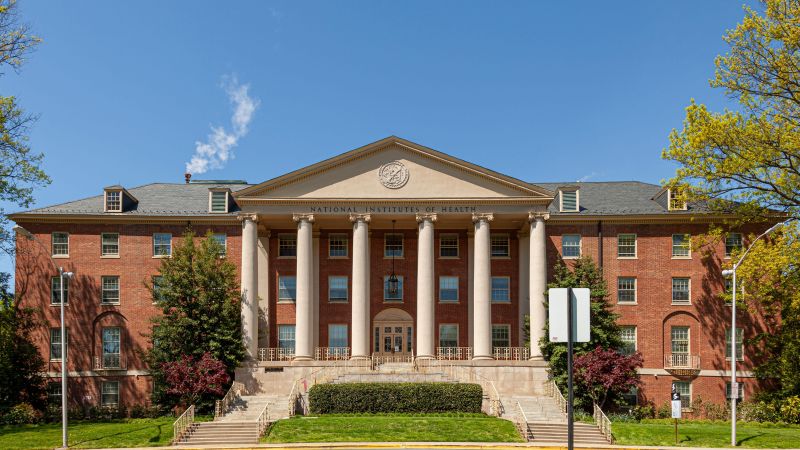
Researchers decry ‘disastrously bad idea’ as NIH slashes payments for research infrastructure
CNN
The US National Institutes of Health is lowering the maximum “indirect cost rate” that research institutions can charge the government, the agency said late Friday – a move that scientists said could be devastating for the nation’s position as a research leader.
The US National Institutes of Health is lowering the maximum “indirect cost rate” that research institutions can charge the government, the agency said late Friday – a move that scientists said could be devastating for the nation’s position as a research leader. The average NIH grant to an institution has typically had about 30% earmarked for infrastructure costs such as facilities, maintenance and security; some institutions charged up to 60% or more. The new NIH policy will cap that indirect cost rate at 15%, effective immediately. “NIH spent more than $35 Billion in Fiscal Year 2023 on almost 50,000 competitive grants to more than 300,000 researchers at more than 2,500 universities, medical schools, and other research institutions,” the agency said in its announcement. “Of this funding, approximately $26 billion went to direct costs for research, while $9 billion was allocated to overhead through NIH’s indirect cost rate.” The agency said the move would more closely align government-funded indirect costs with the rates paid by private foundations. The Gates Foundation, for example, pays a 10% rate for indirect costs, while the Carnegie Corporation and John Templeton Foundation each pay 15% of indirect costs for research. But researchers said the new policy would kneecap the nation’s status as a global leader. “Research is not just about having the scientists and lab equipment. It’s about ensuring that the institution has a support system in place,” Dr. Harlan Krumholz, the Harold H. Hines Jr. Professor of Medicine at the Yale School of Medicine, said in a video on the Inside Medicine newsletter. “Without these overhead expenses being covered, research institutions will struggle to maintain the very research infrastructure that enables groundbreaking medical advances.”

 Run 3 Space | Play Space Running Game
Run 3 Space | Play Space Running Game Traffic Jam 3D | Online Racing Game
Traffic Jam 3D | Online Racing Game Duck Hunt | Play Old Classic Game
Duck Hunt | Play Old Classic Game